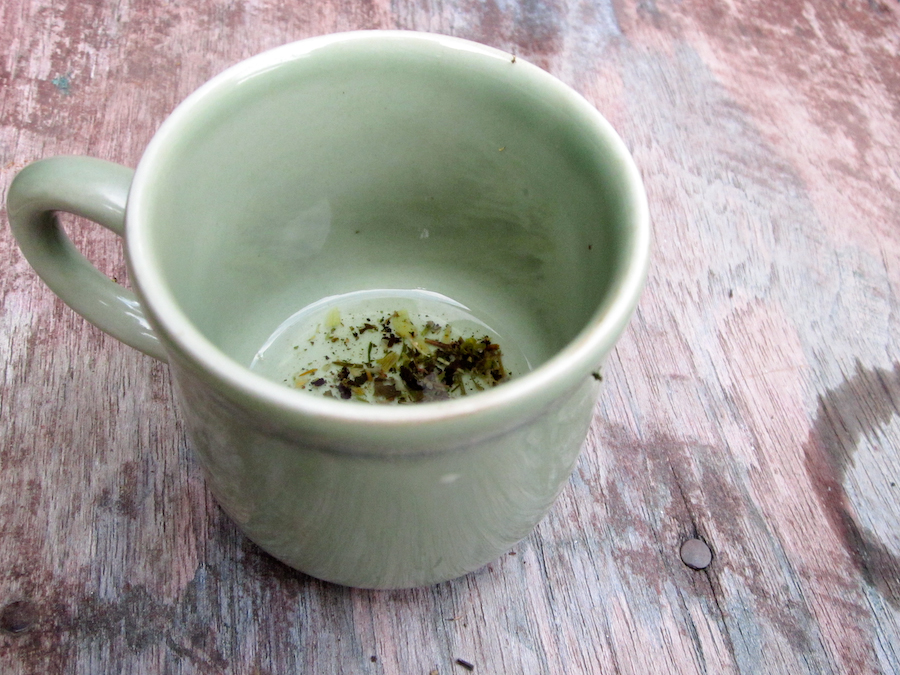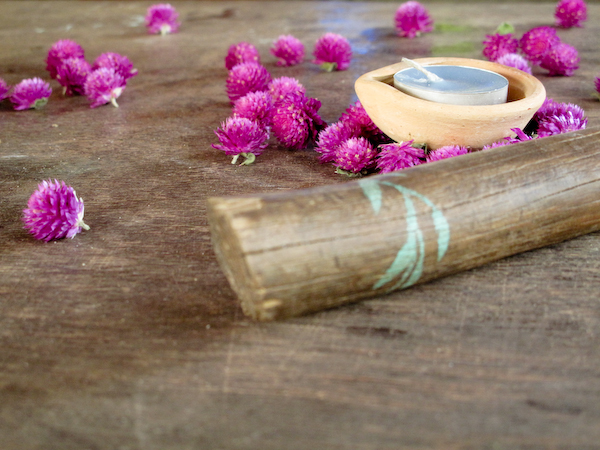Meditation Series Part Two : Lectio Divina
/
How sweet are your words to my taste, sweeter than honey to my mouth.
Psalm 119: 103
Lectio Divina very simply means Divine Reading. Formally it dates back to the sixth century, when the practice was started by Saint Benedict. I personally think it predates Benedict, though, going all the way back to David singing his songs in his caves, and on into the Jewish tradition of reading or singing words of those same song for hundreds of years afterward.
The beautiful concept behind Lectio Divina is that drinking deeply of the words of scripture is a powerful practice all on its own. God, through the words themselves nourishes us. The divine words take root, they transform us from the inside out as we allow them to enlarge us. It is a very different practice from study of the bible, which requires more mental exercise, discussion, and logical thinking. In Lectio Divina we lay effort aside and let the words work on their own.
Traditional Lectio Divina is made up of 1. Lectio, or reading, 2. Meditatio, or meditation, 3. Oratio, or prayer, and 4. Contemplatio, or contemplation.
At Shekina, we practice Lectio Divina a little differently, simplifying it into the same format that all of our meditation takes. The guide begins with the preliminaries, leading the group into quietness and a meditative state. The meditation itself follows.
The guide has prepared a few verses of scripture to read. He may give a small amount of background information if he feels it is needed. This is kept very brief and simple: "These are songs that King David wrote when he was fleeing for his life, over 2500 years ago."
It is wise to read eight verses of scripture or less. Likewise, if you are practising in a group, it is a good idea to carefully choose your passage, keeping the different people in your circle in mind. If you have people who are new or fairly new to the Bible, keep to simple, clear verses, rather than anything heavy in theology.
Read the whole passage slowly to give a sense of the context of the verses, then read verses with a large amount of silence between them. Ideally, take three to four minutes of silence between each phrase or verse. You may repeat the verse halfway through the silence, as a reminder, or simply read the verse once. Whether alone or in a group, the guide should always have something to help them tell time. Four minutes can feel long or short to the guide depending on how much they have entered into the text themselves. The guide can't count on knowing when the time is up.
If you are practising Lectio Divina, keep these things in mind:
We process things in many different ways. Often, with scripture or ideas, we process them intellectually, in study or pondering. The practice of Lectio Divina is an opportunity to let God speak through the words themselves as we breathe them into us. Consider allowing the more creative parts of you into your meditation.
Let the words grow inside of you. Test how they feel, what they sound like, how they are shaped, what pictures they bring into your mind. And do not be afraid of silence, of pictures that seem to go down different trails. Lead your mind gently back to the words, run them through your heart, and listen.
Remember that meditation is an exercise of the spirit, just as healthy eating and activity is an exercise of the body. Meditation is not magic, as physical exercise is not magic. You don't do crunches for one day and wake up to find yourself with an abdominal six-pack. Some days you may feel as though you heard the voice of God clearly, or you realize something in meditation that you never knew before. More often, you are nourished by the Divine words, uplifted by the Presence. A lifetime of this nourishment will cultivate a healthy soul.
Lectio Divina is a quiet moment to come to the water, to drink deeply of the water of life, to go back about life refreshed.
If you practice in a group and utilize the talking circle, you may find yourself tempted to argue points of the scripture, or bring up everything you know about the passage. Try to concentrate your sharing down to the very essentials of what you experienced during meditation today. As the word is living, you will have a very different experience with it than you did ten years ago. Allow this to happen! Don't attempt to keep your experiences stagnant.
Some ideal first passages for Lectio Divina:
Psalm 23, Psalm 63: 1-8, Psalm 40: 1-5 and there are of course many more.
My friend Evan Howard has just co-written a book on Lectio Divina. I haven't read it yet, but Evan taught us what we know about meditation, and I can't wait to get my hands on it. You can find the book, Discovering Lectio Divina, Bringing Scripture into Ordinary Life here.









